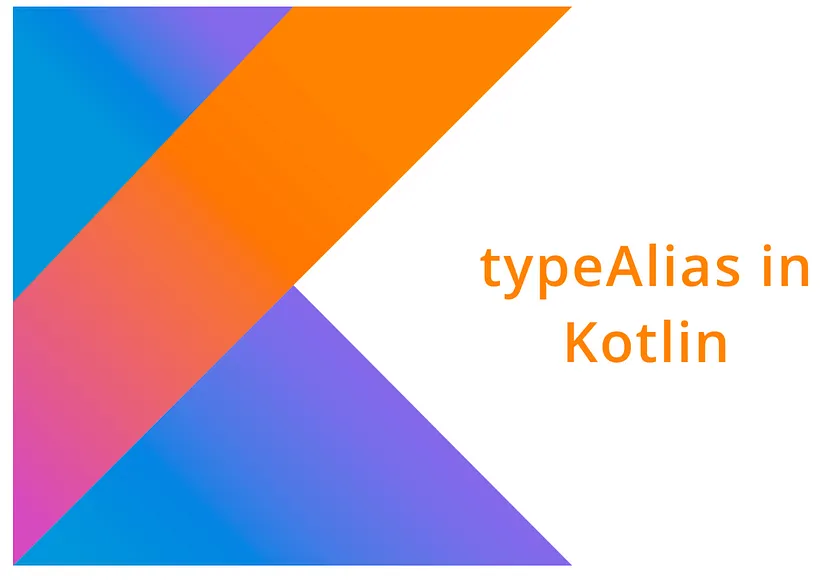Angular is a powerful and popular framework for building dynamic web applications. Developed and maintained by Google, Angular offers a comprehensive set of tools and features that streamline the development process, making it easier for developers to create robust and scalable applications. In this blog post, we’ll cover the basics of Angular, from setting up your development environment to building your first Angular application.
What is Angular?
Angular is a platform and framework for building client-side applications using HTML, CSS, and TypeScript. It is designed to make the development of single-page applications (SPAs) more efficient and maintainable. Angular provides a range of built-in features, including:
- Data Binding: Automatically synchronizes data between the model and the view.
- Dependency Injection: Manages the dependencies of your components, making them easier to test and reuse.
- Routing: Enables navigation between different views or pages within your application.
- Directives: Extend HTML with custom attributes and elements.
- Services: Share data and logic across components.
Setting Up Your Development Environment
Before you can start building Angular applications, you need to set up your development environment. Here are the steps to get started:



